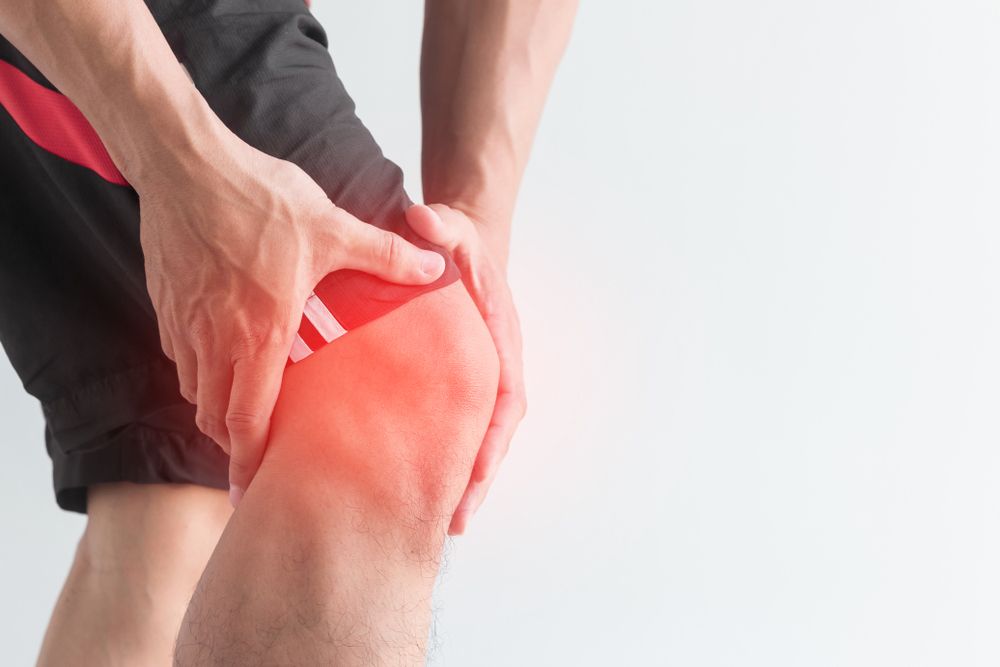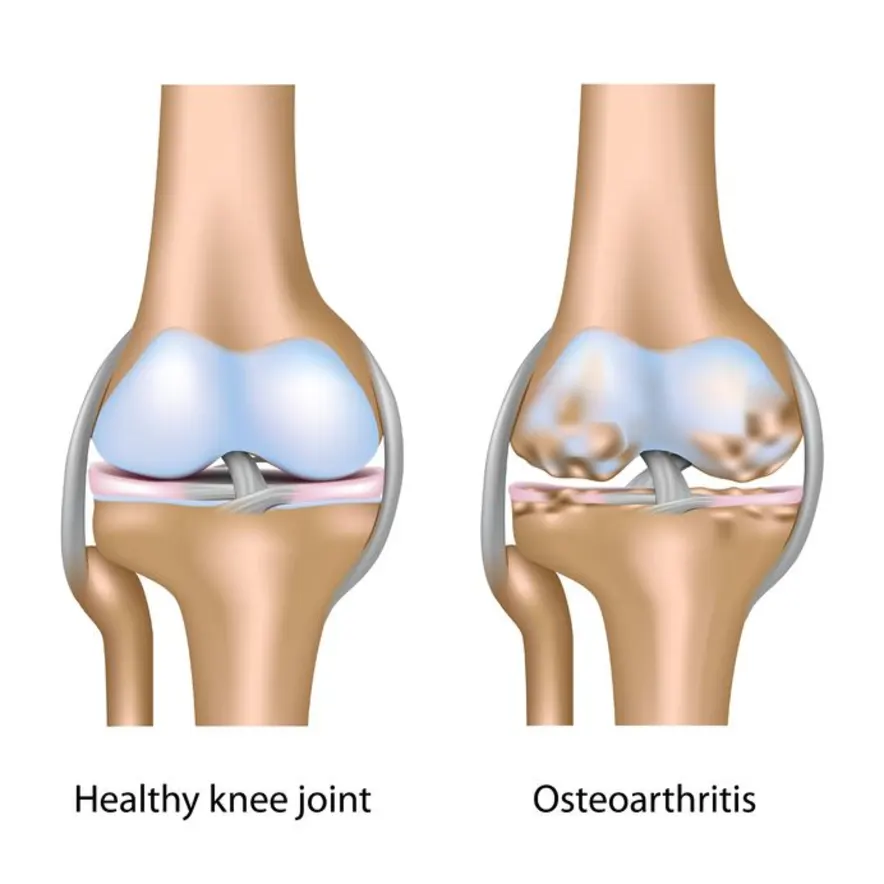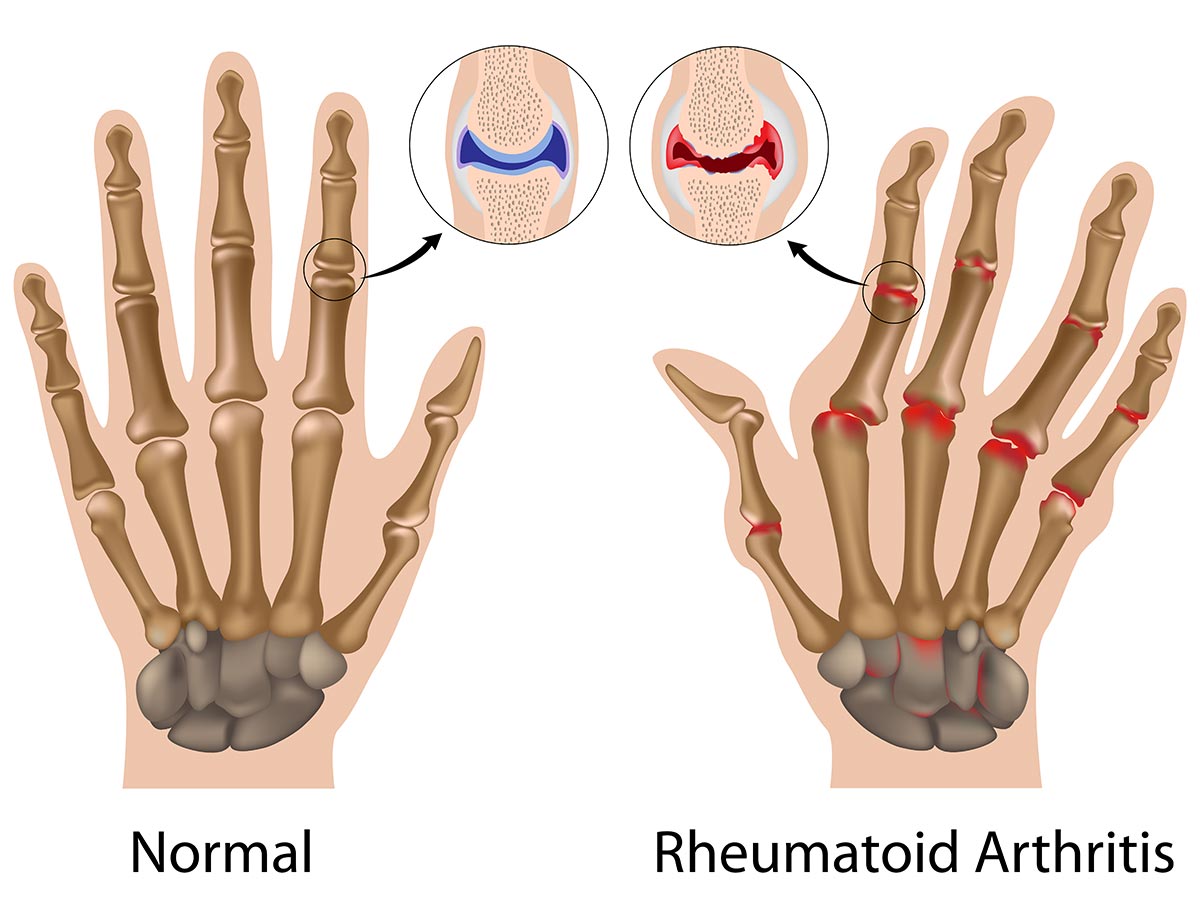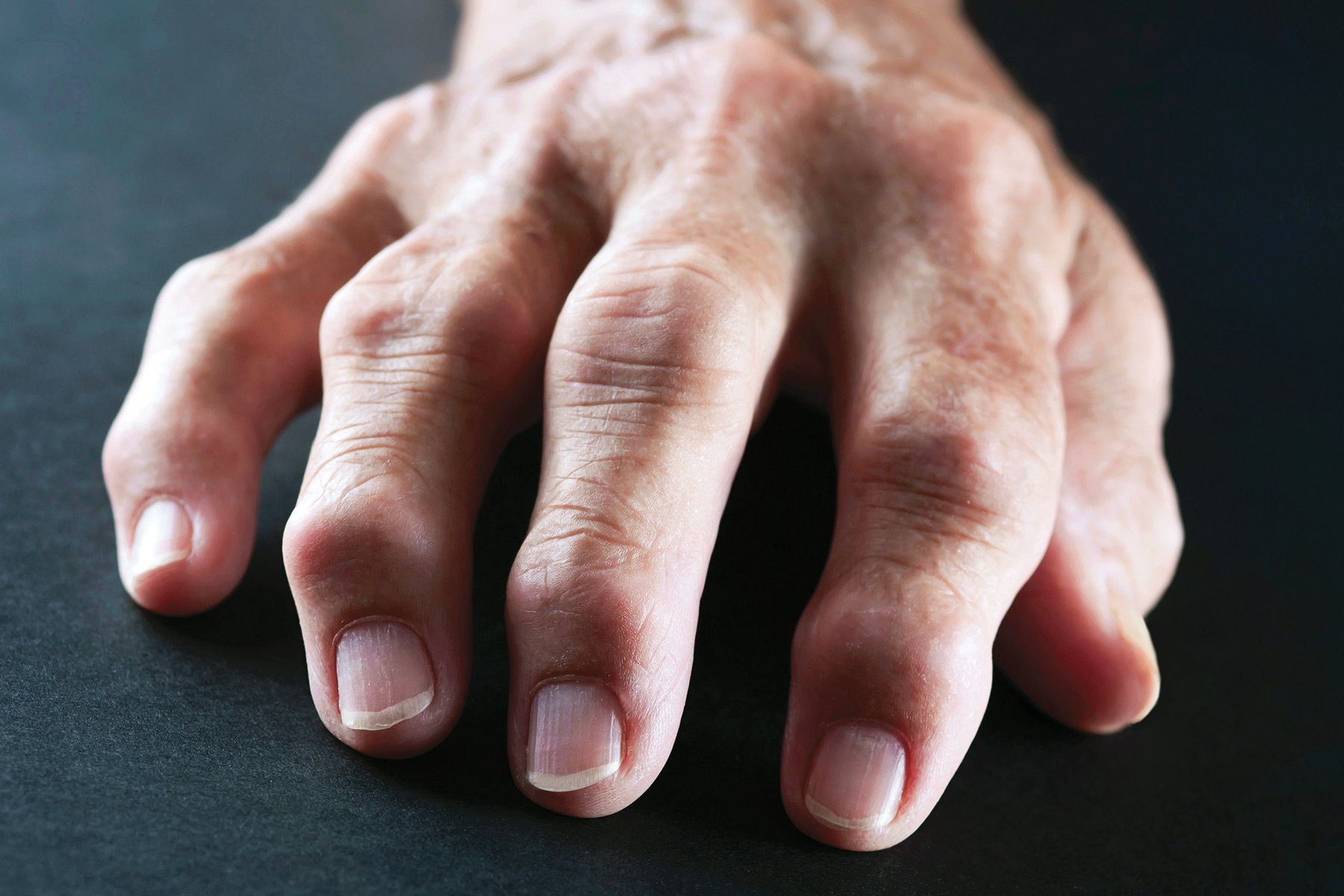Acute inflammation, Osteoarticular Infection,Pyogenic arthritis, Septic arthritis.
Root Cause of Disease
Septic arthritis it is one the type of Knee Pain. Septic arthritis sometimes your knee joint can become infected, leading to swelling, pain and redness. Septic arthritis often occurs with a fever, and there’s usually no trauma before the onset of pain. Septic arthritis can quickly cause extensive damage to the knee cartilage. If you have knee pain with any of the symptoms of septic arthritis, see your doctor right away.
Septic arthritis is a painful infection in a joint that can come from germs that travel through your bloodstream from another part of your body. Septic arthritis can also occur when a penetrating injury, such as an animal bite or trauma, delivers germs directly into the joint
Infants and older adults are most likely to develop septic arthritis. People who have artificial joints are also at risk of septic arthritis. Knees are most commonly affected, but septic arthritis also can affect hips, shoulders and other joints. The infection can quickly and severely damage the cartilage and bone within the joint, so prompt treatment is crucial.
Symptoms
Septic arthritis typically causes extreme discomfort and difficulty using the affected joint. The joint could be swollen, red and warm, and you might have a fever.
If septic arthritis occurs in an artificial joint (prosthetic joint infection), signs and symptoms such as minor pain and swelling may develop months or years after knee replacement or hip replacement surgery. Also, a loosening of the joint may occur, which causes pain while moving the joint or while putting weight on the joint. Typically, the pain goes away when at rest. In extreme cases, the joint may become dislocated.
Causes
Septic arthritis can be caused by bacterial, viral or fungal infections. Bacterial infection with Staphylococcus aureus (staph) is the most common cause. Staph commonly lives on even healthy skin.
Septic arthritis can develop when an infection, such as a skin infection or urinary tract infection, spreads through your bloodstream to a joint. Less commonly, a puncture wound, drug injection, or surgery in or near a joint including joint replacement surgery can give the germs entry into the joint space.
- The lining of your joints has little ability to protect itself from infection. Your body’s reaction to the infection including inflammation that can increase pressure and reduce blood flow within the joint contributes to the damage.
- Existing joint problems: Chronic diseases and conditions that affect your joints — such as osteoarthritis, gout, rheumatoid arthritis or lupus — can increase your risk of septic arthritis, as can previous joint surgery and joint injury.
- Having an artificial joint: Bacteria can be introduced during joint replacement surgery, or an artificial joint may become infected if germs travel to the joint from a different area of the body through the bloodstream.
- Taking medications for rheumatoid arthritis: People with rheumatoid arthritis have a further increase in risk because of medications they take that can suppress the immune system, making infections more likely to occur. Diagnosing septic arthritis in people with rheumatoid arthritis is difficult because many of the signs and symptoms are similar.
- Skin fragility: Skin that breaks easily and heals poorly can give bacteria access to your body. Skin conditions such as psoriasis and eczema increase your risk of septic arthritis, as do infected skin wounds. People who regularly inject drugs also have a higher risk of infection at the site of injection.
- Weak immune system: People with a weak immune system are at greater risk of septic arthritis. This includes people with diabetes, kidney and liver problems, and those taking drugs that suppress their immune systems.
- Joint trauma: Animal bites, puncture wounds or cuts over a joint can put you at risk of septic arthritis.
Home Remedies to treat Septic arthritis
Remedy – 1: Ginger
Materials: Ginger

Ginger is biologically called Zingiber Officinale. These can be easily included in your diet and go a long way in curbing knee pain
Product Link: Ginger
Remedy – 2: Garlic
Materials: Garlic

The medical name for garlic is allium sativum. Five to six cloves eaten everyday has proved to reduce knee pains.
Product Link: Garlic
Preventions
- Limit how much alcohol you drink
- Limit how much purine-rich food, such as shellfish, lamb, beef, pork, and organ meat, you eat
- Eat a low-fat, nondairy diet that’s rich in vegetables
- Maintain a healthy weight
- Avoid smoking
- Exercise regularly
- Stay hydrated




